Home>Furniture & Design>Interior Design Trends>How To Collect Resin From A Glass Pipe
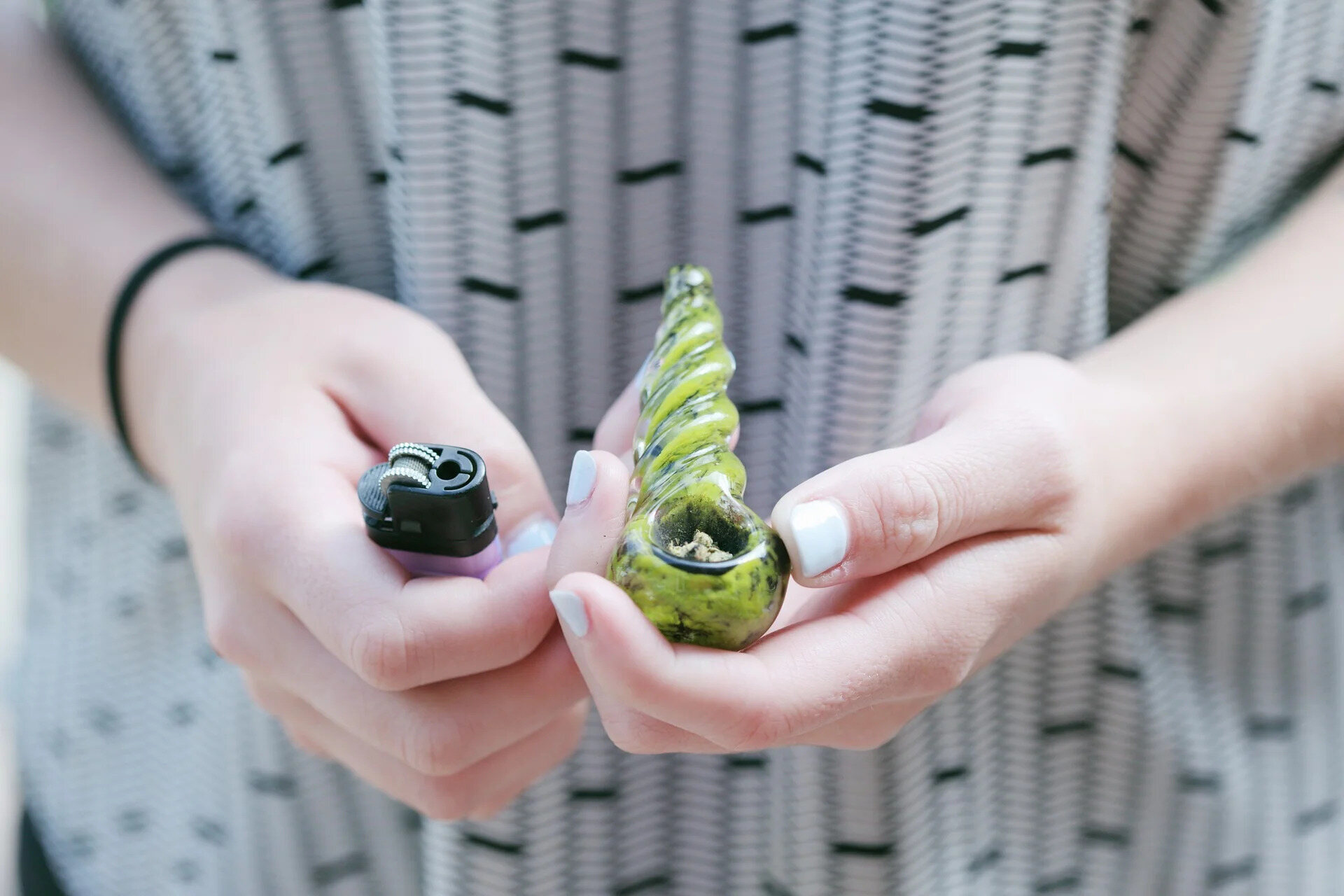

Interior Design Trends
How To Collect Resin From A Glass Pipe
Modified: March 2, 2024
Learn how to collect resin from a glass pipe and stay updated on the latest interior design trends. Discover innovative ideas and inspiration for your home.
(Many of the links in this article redirect to a specific reviewed product. Your purchase of these products through affiliate links helps to generate commission for Storables.com, at no extra cost. Learn more)
Introduction
Resin, a sticky and dark substance that accumulates inside a glass pipe after multiple uses, is a valuable byproduct of smoking. While some may discard it as waste, others recognize its potential as a potent and cost-effective alternative to cannabis flower. Collecting resin from a glass pipe is a practical and economical way to maximize the usage of cannabis products. In this comprehensive guide, we will explore the step-by-step process of collecting resin from a glass pipe, providing valuable insights and tips to ensure a successful extraction.
Resin collection not only offers a sustainable approach to cannabis consumption but also presents an opportunity to experience a different form of cannabis consumption. Whether you are a seasoned cannabis enthusiast or someone looking to explore new methods of consumption, learning how to collect resin from a glass pipe can open doors to a unique and resourceful way of enjoying cannabis.
Understanding the intricacies of resin collection, from the tools and materials required to the meticulous steps involved, is essential for a successful extraction process. By following this guide, you will gain a deeper understanding of resin, its properties, and the techniques required to harvest and store it effectively. Let's embark on this journey to uncover the art of resin collection and discover the valuable rewards it offers.
Key Takeaways:
- Don’t toss that resin! It’s a potent and cost-effective cannabis concentrate. Learn to collect, store, and enjoy it for a unique and sustainable cannabis experience.
- Resin collection is an art! Clean, scrape, and store resin from a glass pipe to unlock a potent and versatile cannabis concentrate. Get creative with your cannabis consumption!
Read more: How To Remove Resin From Glass
Understanding Resin
Resin, often referred to as "pipe resin" or "pipe tar," is a concentrated, sticky substance that accumulates inside a glass pipe after repeated use. This dark and viscous residue is a byproduct of combusted cannabis flower, which leaves behind a potent amalgamation of cannabinoids, terpenes, and other compounds. As cannabis smoke passes through the pipe, it cools and condenses, leading to the deposition of resin within the pipe's interior surfaces.
The composition of resin is complex, containing a high concentration of cannabinoids such as THC (tetrahydrocannabinol), CBD (cannabidiol), and various other active compounds found in cannabis. Due to its concentrated nature, resin possesses a significantly higher potency than the original cannabis flower. This makes it a valuable resource for individuals seeking an alternative and potent form of cannabis consumption.
Resin is not only a concentrated form of cannabinoids but also contains a rich array of aromatic terpenes, which contribute to its distinct aroma and flavor profile. These terpenes, responsible for the characteristic scents of different cannabis strains, are preserved within the resin, offering a unique sensory experience when consumed.
When collecting resin from a glass pipe, it's important to recognize that the substance is highly potent and should be approached with caution. Its concentrated nature means that even small amounts can deliver a powerful effect, making it suitable for individuals with a higher tolerance for cannabis.
Understanding the properties and composition of resin is crucial for those seeking to collect and utilize it effectively. By recognizing its potency, chemical makeup, and aromatic qualities, individuals can appreciate the value of resin as a versatile and potent cannabis concentrate. This understanding forms the foundation for the subsequent steps involved in the resin collection process, ensuring a safe, efficient, and rewarding extraction experience.
Tools and Materials Needed
Collecting resin from a glass pipe requires specific tools and materials to ensure a successful and efficient extraction process. By assembling the necessary items beforehand, you can streamline the resin collection procedure and minimize any potential challenges. Here's a comprehensive list of the essential tools and materials needed for collecting resin from a glass pipe:
1. Isopropyl Alcohol (91% or higher):
Isopropyl alcohol, commonly known as rubbing alcohol, is a crucial component for cleaning the glass pipe and dissolving the resin. Opt for a high concentration of 91% or higher to effectively break down the sticky residue within the pipe.
2. Coarse Salt:
Coarse salt serves as an abrasive agent during the cleaning process. When combined with isopropyl alcohol, it helps dislodge and remove stubborn resin buildup from the glass pipe's interior surfaces.
Read more: How To Clean Resin From Glass
3. Pipe Cleaners or Cotton Swabs:
Pipe cleaners or cotton swabs are essential for reaching narrow and intricate parts of the glass pipe. These tools facilitate thorough cleaning and ensure that all traces of resin are effectively removed.
4. Scraping Tool:
A small, sturdy scraping tool, such as a mini-spatula or a dabber tool, is indispensable for gently dislodging and scraping off the resin from the glass pipe's interior. This tool enables precise extraction without causing damage to the pipe.
5. Silicone Mat or Parchment Paper:
To collect and store the extracted resin, a silicone mat or parchment paper provides a non-stick surface for drying and handling the resin. This ensures that the resin can be easily manipulated and transferred for storage.
6. Collection Tool (Optional):
For individuals seeking to collect resin directly from the glass pipe, a collection tool, such as a small silicone container or a dab tool, can be used to gather the extracted resin with precision.
Read more: How To Use A Glass Pipe
7. A Well-Ventilated Area:
Since isopropyl alcohol is used in the cleaning process, it's essential to work in a well-ventilated space to ensure proper air circulation and minimize exposure to fumes.
By gathering these essential tools and materials, you can prepare for a seamless and effective resin collection process. Each item plays a crucial role in facilitating the cleaning, scraping, and collection of resin from the glass pipe, ultimately contributing to a successful extraction experience.
Step 1: Cleaning the Glass Pipe
Cleaning the glass pipe is the crucial first step in the resin collection process, as it sets the foundation for effective extraction and ensures the purity of the collected resin. Proper cleaning not only removes residual ash and debris but also prepares the pipe for the subsequent resin extraction steps. Here's a detailed guide on how to clean the glass pipe thoroughly:
-
Gather the Cleaning Materials: Assemble the isopropyl alcohol, coarse salt, pipe cleaners or cotton swabs, and a well-ventilated workspace. Ensure that the glass pipe is free from any lingering ash or loose particles before proceeding with the cleaning process.
-
Prepare the Cleaning Solution: Fill a resealable plastic bag with isopropyl alcohol, ensuring that there is enough to submerge the glass pipe completely. Add a generous amount of coarse salt to the bag, as the abrasive nature of the salt will aid in dislodging the resin buildup.
-
Submerge the Glass Pipe: Carefully place the glass pipe inside the plastic bag, ensuring that it is fully immersed in the alcohol and salt solution. Seal the bag securely, allowing the pipe to soak for an extended period to facilitate the dissolution of resin and the loosening of stubborn deposits.
-
Agitate and Soak: Gently agitate the sealed bag to ensure that the cleaning solution reaches all areas of the glass pipe. Allow the pipe to soak for at least 30 minutes, or longer if the resin buildup is particularly stubborn. The combination of isopropyl alcohol and coarse salt works to break down and dislodge the resin from the interior surfaces of the pipe.
-
Scrub and Rinse: After soaking, carefully remove the glass pipe from the bag and use pipe cleaners or cotton swabs to scrub the interior surfaces. The abrasive action of the salt, combined with the solvent properties of the alcohol, helps to dislodge and dissolve the resin. Rinse the pipe thoroughly with warm water to remove any remaining residue and cleaning solution.
-
Inspect and Repeat if Necessary: Inspect the glass pipe to ensure that all traces of resin and debris have been removed. If any stubborn residue remains, repeat the cleaning process until the pipe is completely clean and free from any residual buildup.
By meticulously cleaning the glass pipe using the aforementioned steps, you can ensure that the resin collection process begins with a clean and pristine surface. This sets the stage for the subsequent steps of scraping and collecting the valuable resin, ultimately leading to a successful and rewarding extraction experience.
Step 2: Scraping the Resin
After thoroughly cleaning the glass pipe and ensuring that it is free from any residual debris, the next crucial step in the resin collection process involves scraping the accumulated resin from the interior surfaces of the pipe. This meticulous task requires precision and care to extract the resin without causing damage to the glass pipe. Here's a detailed guide on how to effectively scrape the resin from the glass pipe:
-
Allow the Pipe to Dry: After cleaning and rinsing the glass pipe, allow it to dry completely. Ensuring that the pipe is free from moisture is essential before proceeding with the scraping process.
-
Select a Suitable Scraping Tool: Choose a small and sturdy scraping tool, such as a mini-spatula or a dabber tool, to gently dislodge the resin from the interior surfaces of the glass pipe. The tool should have a fine edge that allows for precise scraping without scratching or damaging the glass.
-
Begin the Scraping Process: Carefully insert the scraping tool into the pipe's openings and gently maneuver it along the interior surfaces to dislodge the resin. Exercise patience and caution to avoid applying excessive force, as this could lead to damage or breakage of the glass pipe.
-
Collect the Scraped Resin: As the resin is loosened, it will begin to accumulate in small, dark clumps. Use the scraping tool to gather the extracted resin, ensuring that it is collected and transferred to a suitable surface for storage.
-
Inspect and Repeat as Needed: Thoroughly inspect the interior of the glass pipe to ensure that all accessible areas have been scraped and that the resin has been effectively collected. If necessary, repeat the scraping process to extract any remaining resin from hard-to-reach areas.
-
Handle the Resin with Care: As the resin is collected, handle it with care to prevent any loss or contamination. Use a silicone mat or parchment paper as a non-stick surface for transferring and storing the extracted resin.
By following these steps, you can effectively scrape the resin from the glass pipe, ensuring that the valuable concentrate is collected without compromising the integrity of the pipe. This meticulous process sets the stage for the subsequent step of collecting and storing the extracted resin, allowing for a seamless and rewarding resin collection experience.
Step 3: Collecting the Resin
Once the resin has been meticulously scraped from the interior surfaces of the glass pipe, the next crucial step involves collecting and preparing the extracted resin for storage and future use. This meticulous process requires attention to detail and a focus on preserving the integrity and potency of the resin. Here's a comprehensive guide on how to effectively collect the resin from the glass pipe:
-
Gather the Extracted Resin: Using the scraping tool, gather the extracted resin from the silicone mat or parchment paper where it was collected. Ensure that all accumulated resin is carefully transferred to a central location for further handling.
-
Inspect and Consolidate: Thoroughly inspect the collected resin to ensure that it is free from any impurities or foreign particles. Consolidate the resin into a cohesive mass, ensuring that it is manageable for the subsequent storage process.
-
Transfer to a Storage Container: Select a suitable storage container for the collected resin, such as a small silicone container or a glass jar with an airtight seal. Carefully transfer the resin into the container, ensuring that it is securely enclosed to prevent exposure to air and moisture.
-
Label and Date: To maintain organization and track the resin's age, consider labeling the storage container with the strain or source of the resin, as well as the date of collection. This information can be valuable for future reference and consumption.
-
Store in a Cool, Dark Place: Proper storage is essential for preserving the potency and quality of the collected resin. Store the container in a cool, dark place away from direct sunlight and excessive heat, as these factors can degrade the resin over time.
-
Maintain Hygiene and Cleanliness: Ensure that the storage container and handling tools are clean and free from any contaminants. Maintaining hygiene during the collection and storage process is crucial for preserving the purity of the resin.
-
Avoid Excessive Handling: Minimize unnecessary handling of the resin to prevent degradation and maintain its potent properties. Excessive exposure to air and physical manipulation can compromise the quality of the collected resin.
By following these meticulous steps, you can effectively collect the resin from the glass pipe and prepare it for storage, ensuring that the valuable concentrate remains potent and viable for future consumption. This careful handling and storage process set the stage for utilizing the collected resin in various consumption methods, offering a sustainable and potent alternative to traditional cannabis flower.
Read more: How To Smoke A Glass Pipe
Step 4: Storing the Resin
Proper storage of the collected resin is essential to maintain its potency, flavor, and overall quality over an extended period. By following meticulous storage practices, you can ensure that the resin remains viable for future consumption, whether through smoking, vaporization, or other creative methods. Here's a detailed guide on how to effectively store the resin to preserve its valuable properties:
1. Selecting an Airtight Container:
Choose a storage container that provides an airtight seal to prevent air and moisture from compromising the resin. Silicone containers or glass jars with secure lids are ideal for maintaining a controlled environment within the storage vessel.
2. Avoiding Exposure to Light:
Light exposure can degrade the potency and flavor of the resin over time. Store the container in a dark or opaque storage area, away from direct sunlight or artificial light sources, to minimize the impact of light on the resin's composition.
3. Controlling Temperature and Humidity:
Maintain a consistent and moderate temperature within the storage area to prevent fluctuations that could affect the resin. Additionally, avoid storing the resin in areas with high humidity, as excess moisture can lead to mold growth and degradation of the concentrate.
Read more: How To Clean Glass Pipes
4. Labeling and Dating:
Label the storage container with essential information, including the strain or source of the resin and the date of collection. This labeling practice allows for easy identification and tracking of the resin's age, ensuring that it is consumed within an optimal timeframe.
5. Securing the Storage Location:
Choose a secure and stable location for storing the resin, minimizing the risk of accidental spills or breakage. Ensure that the storage area is inaccessible to children and pets, maintaining safety and preventing any unwanted tampering with the collected resin.
6. Minimizing Air Exposure:
When accessing the stored resin, minimize the duration of exposure to air by quickly retrieving the desired amount and promptly resealing the storage container. This practice helps preserve the resin's potency and prevents unnecessary oxidation.
7. Regular Inspection and Maintenance:
Periodically inspect the stored resin for any signs of contamination, mold, or changes in texture and aroma. Maintaining regular oversight ensures that the resin remains in optimal condition and is suitable for consumption when desired.
By adhering to these storage guidelines, you can effectively preserve the potency and quality of the collected resin, ensuring that it remains a valuable and potent cannabis concentrate for future use. Proper storage practices contribute to a rewarding and sustainable resin collection experience, allowing enthusiasts to explore alternative consumption methods and maximize the benefits of cannabis resin.
Read more: How To Get Resin Off Of Glass
Conclusion
In conclusion, the art of collecting resin from a glass pipe offers a unique and resourceful approach to cannabis consumption. By understanding the properties of resin, acquiring the necessary tools and materials, and following the meticulous steps of cleaning, scraping, collecting, and storing the resin, enthusiasts can unlock a potent and versatile cannabis concentrate. The journey of resin collection transcends the traditional methods of cannabis consumption, providing individuals with an opportunity to explore a concentrated and potent alternative that maximizes the usage of cannabis products.
The process of resin collection is not only practical but also embodies sustainability and resourcefulness. It empowers individuals to extract the maximum value from their cannabis experiences, transforming what might be considered waste into a valuable and potent concentrate. Furthermore, the concentrated nature of resin opens doors to diverse consumption methods, offering a potent and flavorful alternative to traditional cannabis flower.
By meticulously cleaning the glass pipe, scraping the accumulated resin, and carefully collecting and storing the extracted concentrate, enthusiasts can embark on a journey of exploration and creativity. The collected resin can be utilized in various consumption methods, including smoking, vaporization, and even culinary applications, allowing for a diverse and personalized cannabis experience.
Moreover, the process of resin collection fosters a deeper connection with the cannabis plant, providing insights into its diverse forms and properties. It encourages individuals to appreciate the concentrated cannabinoids and aromatic terpenes present in resin, offering a sensory and potent experience that complements traditional consumption methods.
Ultimately, the art of resin collection represents a harmonious blend of sustainability, potency, and creativity within the realm of cannabis consumption. By embracing the process and understanding the intricacies of resin, enthusiasts can elevate their cannabis experiences and explore new dimensions of consumption. Whether for personal use or shared enjoyment, the collected resin embodies the essence of resourcefulness and innovation, enriching the cannabis journey for those who seek a potent and versatile alternative.
Frequently Asked Questions about How To Collect Resin From A Glass Pipe
Was this page helpful?
At Storables.com, we guarantee accurate and reliable information. Our content, validated by Expert Board Contributors, is crafted following stringent Editorial Policies. We're committed to providing you with well-researched, expert-backed insights for all your informational needs.
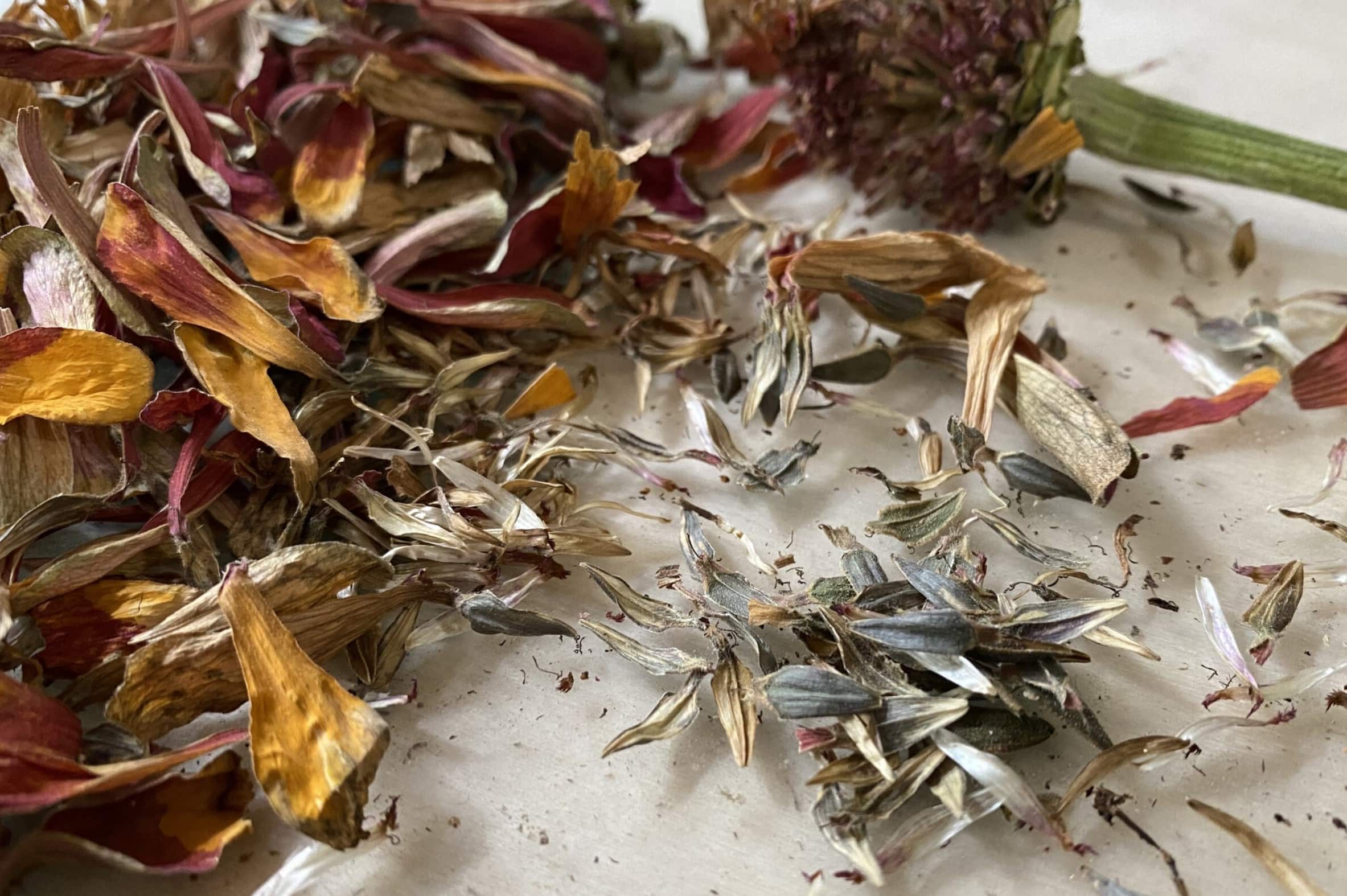
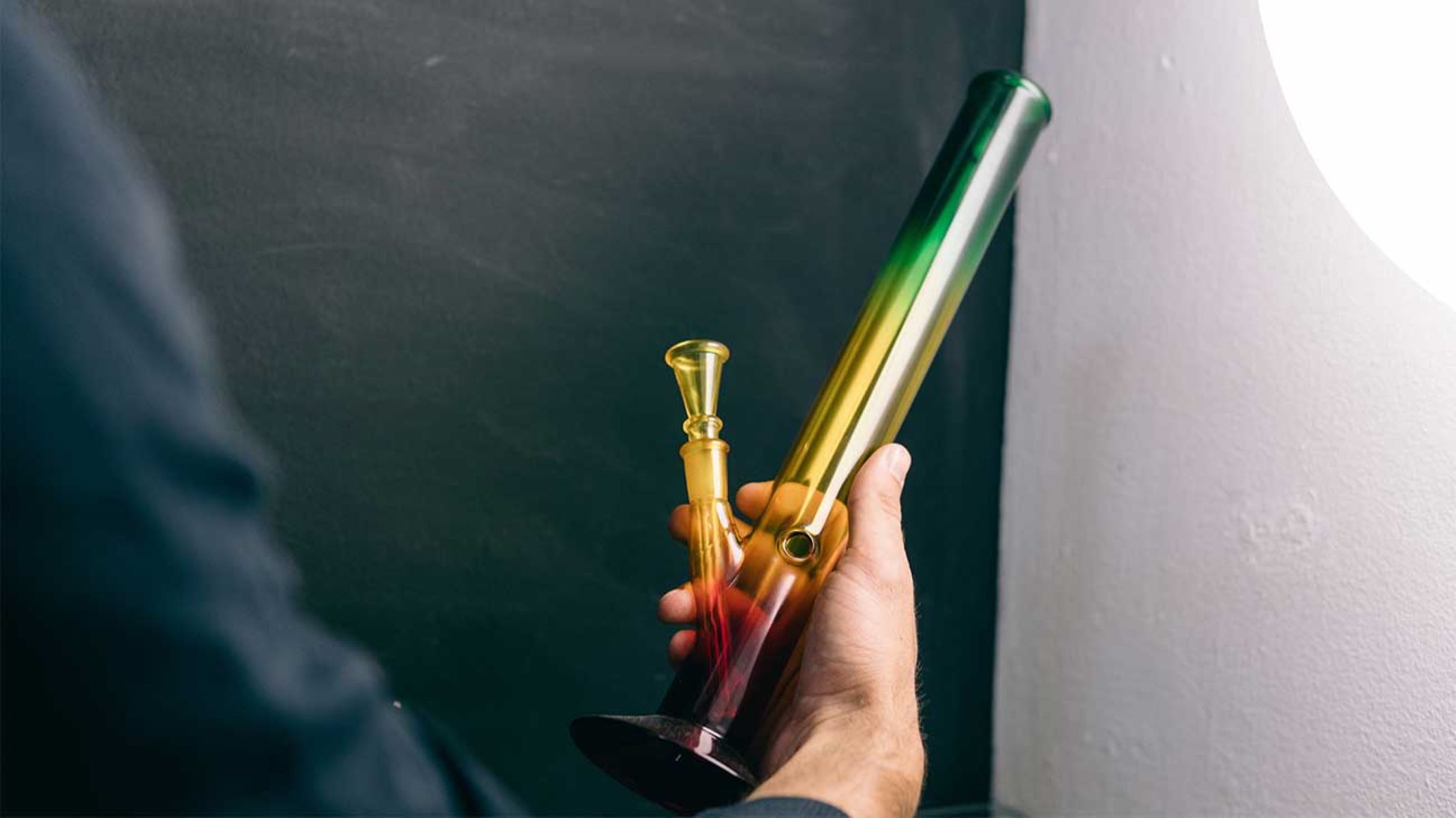
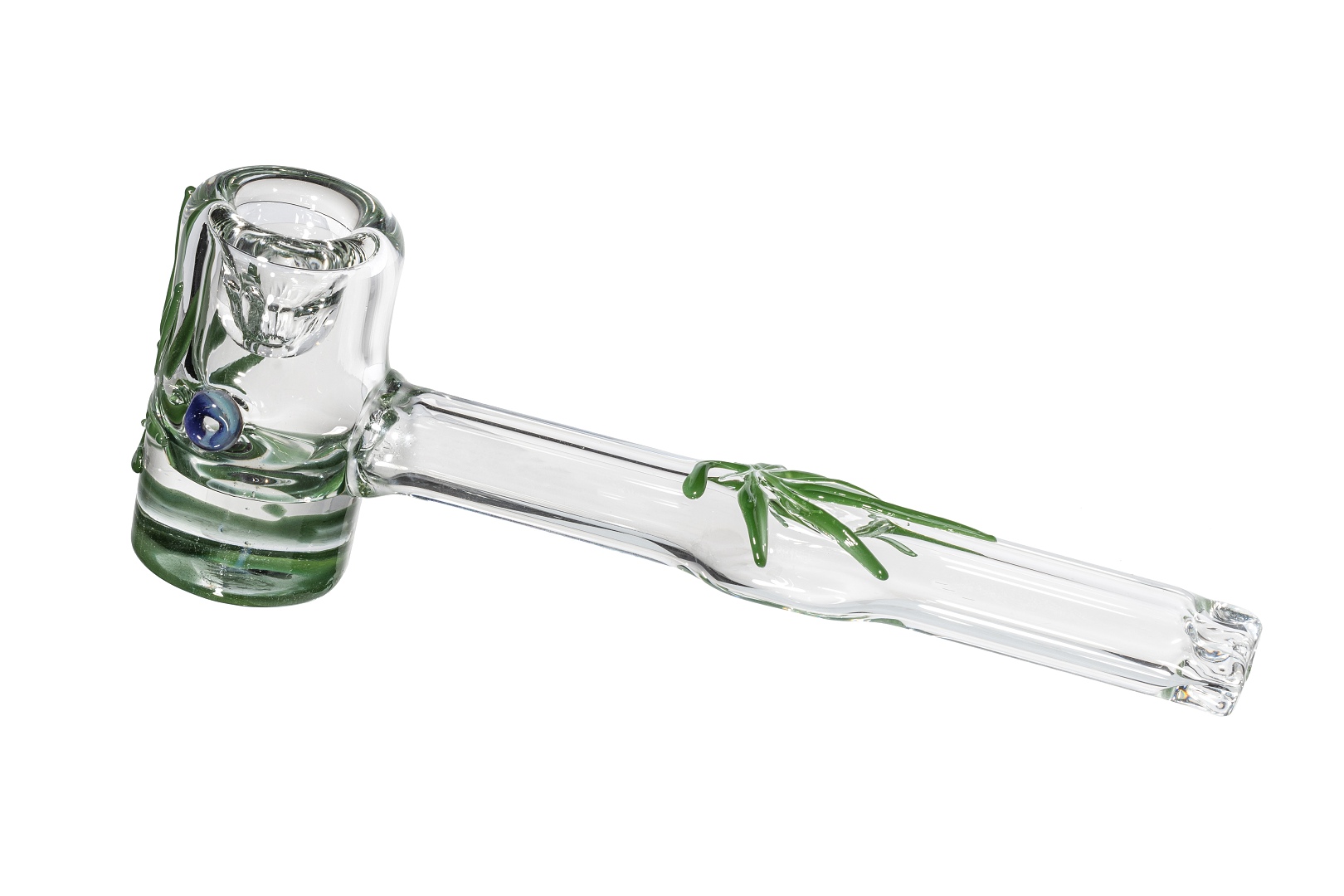



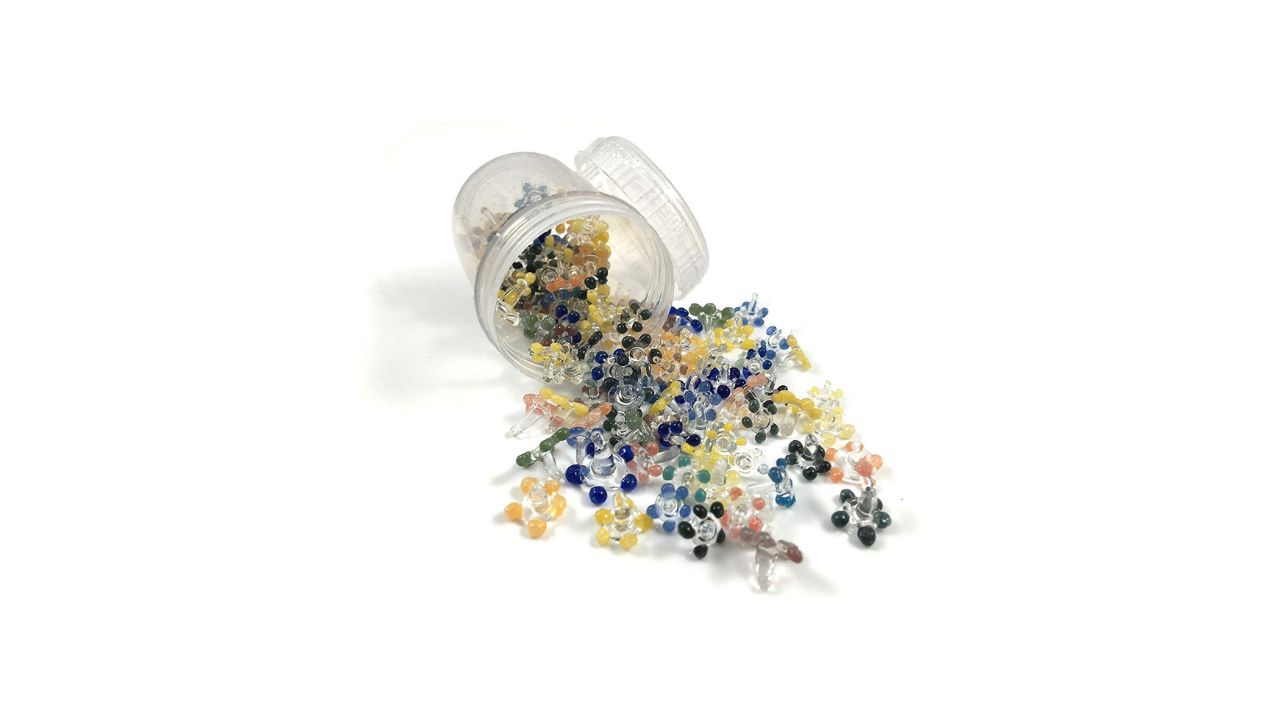


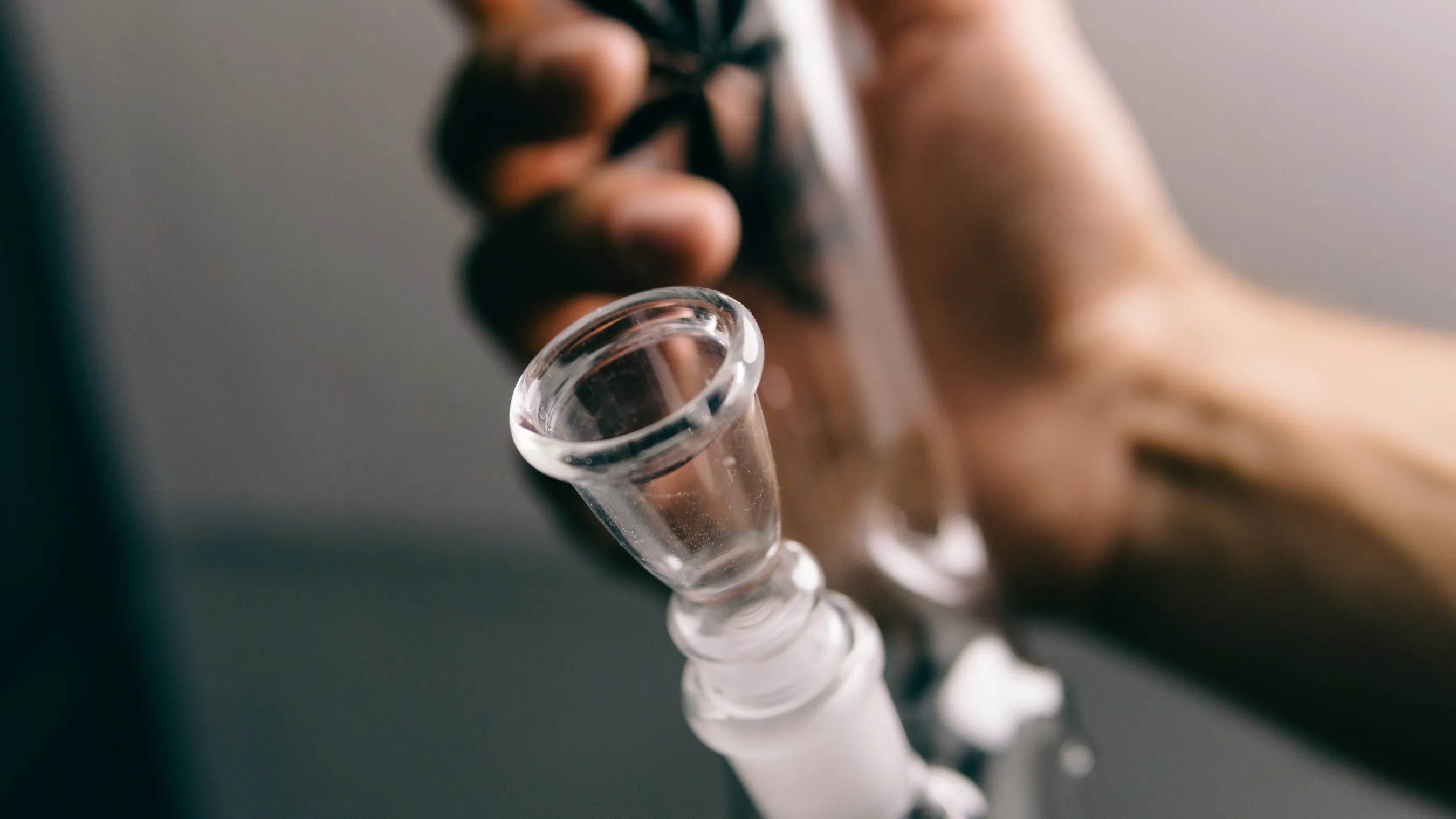

0 thoughts on “How To Collect Resin From A Glass Pipe”